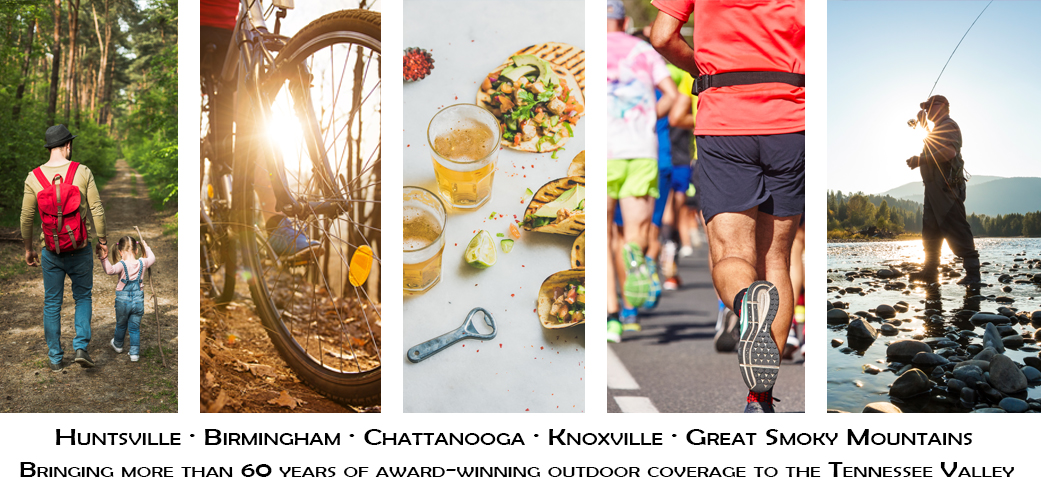My Brooks England B-17 is 15 years old now. It’s outlasted friends, girlfriends and jobs. It knows a certain part of me more intimately than anyone.
Fresh out of the box, a Brooks England B-17 is an imposing thing. A single piece of thick cowhide stretched over steel rails, it’s heavy, stiff and covered in rivets that do not look backside friendly. It looks like something from another era, and that’s because it is. First introduced in 1898, the B-17 arrived only a few years after the comically huge front wheel of the Penny-Farthing bicycles went out of style. On my first ride, I slid off the hard leather seat with every pedal stroke.
I bought my Brooks England B-17 saddle before I had any business owning one. The seat is designed for grizzled adventurers and their epic rides across the country. As a 17-year-old, I mostly rode it to my part-time job at a diner, where I earned the money to buy it in the first place. But I didn’t let that deter me. The saddle was a statement. It was a symbol of the person I wanted to become. I dreamed of riding down the spine of the Americas, from Alaska to Patagonia—or at least across Europe. For the time being, I settled for the only part of that picture my dishwashing wages would afford me: my honey brown Brooks saddle. That it clashed horribly with the svelte red and white aluminum LeMond bike that I pedaled around town was just a temporary setback.

The beauty of the B-17 is what happens once you break it in. As the leather stretches and softens, it transforms into a hammock for your backside. Like a good pair of boots, a leather saddle will conform to your own unique anatomy with time, something an extruded wedge of bum-shaped plastic will never do for you. Scrapes and scuffs that would destroy a foam seat just give the leather saddle more character. Sometimes the old things stick around because no one has improved upon them. But as Sheldon Brown, the legendary bike mechanic, once wrote, “Leather saddles are no more obsolete than leather baseball gloves.”
Breaking in a leather saddle takes a long time. And among those who care about such things, there is heated debate about how to speed up the process. Some dunk their saddles in hot water to soften the leather. Others swear by rubbing them lovingly with oil or leather conditioner. Before his record-breaking rides across America in less than 10 days, legendary ultracyclist Lon Haldeman was rumored to soak his saddles in motor oil.
Terrified of ruining my new purchase, I let time and pressure do the work, as the purists do. Before long, however, my B-17 was subject to an unconventional break-in process: neglect. Deferring my dreams of cycle touring, I headed to college. There, I spent most of my time at the student newspaper, my bike forced to endure four dreary Pennsylvanian winters chained up outside. I considered buying a seat cover but always spent my money on beer instead.
Brooks aficionados say that rain is the nemesis of the leather saddle. Rain causes a saddle to dry out and crack. I was lucky, though. Mine never seemed to mind. It survived.
After graduation I finally realized my bike-touring dreams, working on trail crews in the summer and traveling in the offseason. I took off on these adventures on a procession of cheap bikes, usually picked up — and sold again — on Craigslist. A vintage Fuji that needed, but never had, its wheels trued. The fixed-gear conversion that was two sizes too small. A ‘90s-era Specialized Rockhopper bought for $60 from a stranger in a Walmart parking lot. But my B-17 was a constant companion. Once I attached my own saddle to the seatpost, the shortcomings of my secondhand bikes diminished. It gave me the confidence to set out on my next adventure in a new place, whether that was touring the South Island of New Zealand or finding the fastest route to work when I moved to Boise, Idaho.
My Brooks is 15 years old now. It’s outlasted friends, girlfriends and jobs. It knows a certain part of me more intimately than anyone. It’s rakishly scuffed, a bit lopsided. It has an expiration date: There’s a tensioning nut that sits under the nose. When the leather sags, I tension the nut to cinch the saddle right again, and one day I’ll run out of threads to turn. I try not to think about it too much. I know it’s just a bike seat, but we’ve been through a lot together.
Not long ago, I bought a steel touring bike, something with chrome fenders and brown bar tape to match my saddle—the kind of ride a B-17 deserves. Seeing my Brooks sitting on a proper adventure bike has reminded me that I was right about at least one thing when I was 17. I still see the Brooks B-17 as a pathway to epic trips. That’s in part because of its storied place in cycling history, but also because I’m now convinced it’s the most comfortable bike saddle ever made. When I finally get my act together and ride my bike from Alaska to Patagonia, I’ll at least know which saddle to bring.







